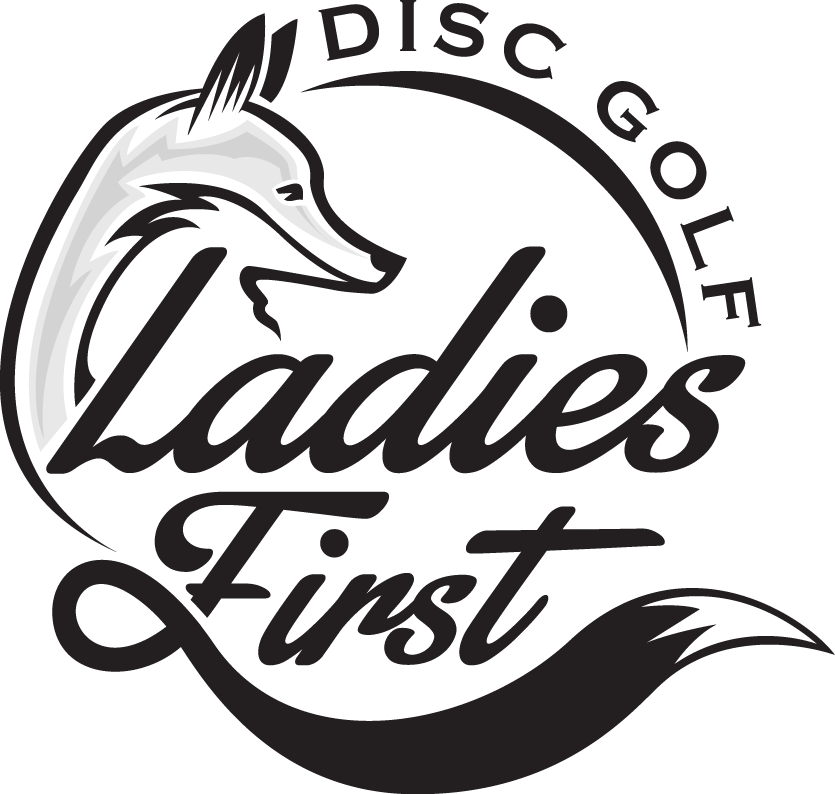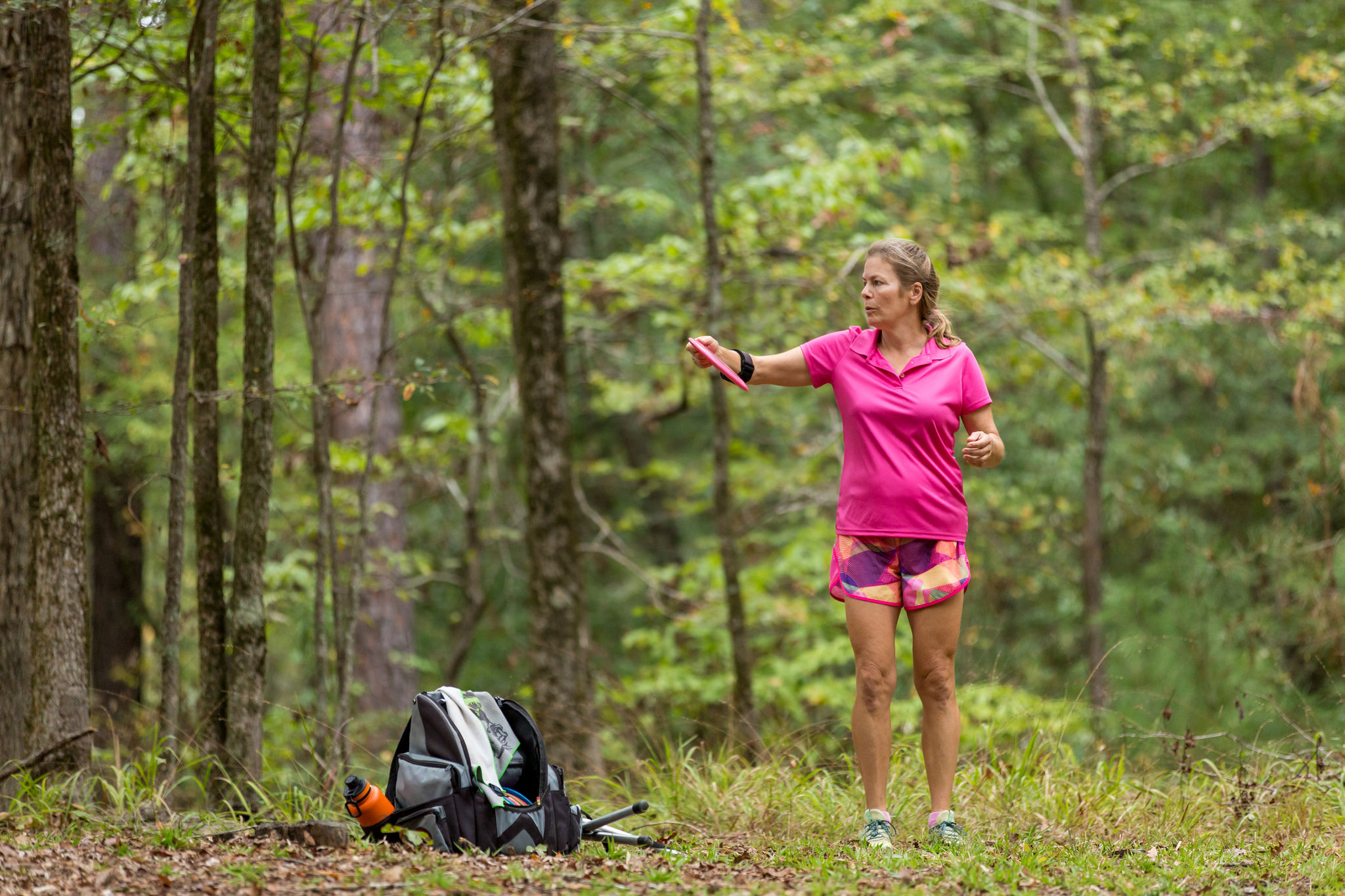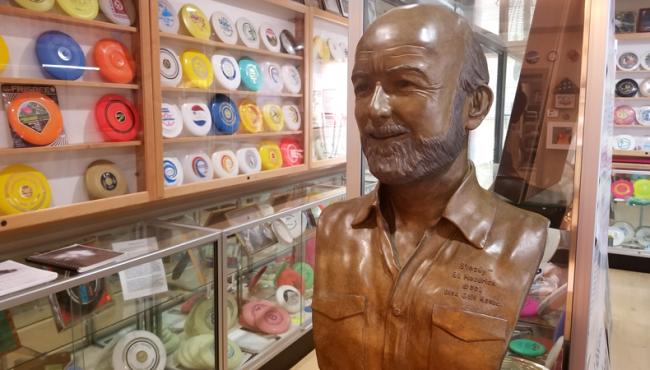When did you first start playing and where?
I started playing waaaay back in 1983, the summer that I got married. My husband (Eric Vandenberg) loved to play catch with his friends. He always wanted to attend the Canadian National Frisbee Championships but had never found out in advance when the tournament was being held (pre-internet days). We noticed a flyer announcing the 1983 competition and went to see the competition, expecting to see freestyle, but instead when we arrived the competitors were playing disc golf. Eric was immediately excited about the discovery of a Frisbee sport that could be played solo, rather than needing a partner of similar ability. The next weekend we were out on the Island with our 110g pro models trying to putt into heavy chained baskets.
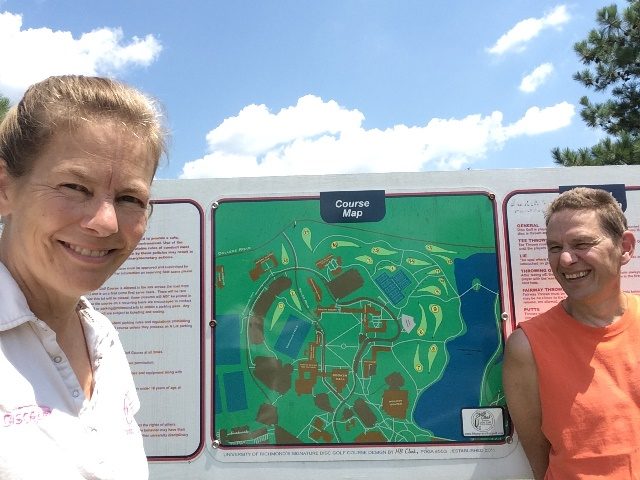
Soon after we bought “state of the art” Midnight Flyers and Ben-Wal 21cm discs. In September the new high-tech Innova Aero had arrived in Canada and we started buying these for ourselves, our family and our friends. I would certainly have quit the sport if it had not been for the Aero since my short fingers could not get a good grip on the Midnight Flyer and I was pretty much hopeless at that point. In contrast, I could get a nice grip on the Aero and it actually flew a little bit for me.

It’s too bad that there is no video of me playing during my first year. I had little arm strength, no wrist snap and there was absolutely no indication that the situation would ever improve. It is only because Eric was well and truly hooked on the sport that I continued in any fashion at all. In 1984 Eric started competing and I tagged on as a groupie, and observing the female players. The year after that I had improved enough that I felt ready to start competing myself.
Disc technology has evolved and is continuing to evolve, what are the biggest changes you have noticed?
The biggest change in disc technology was the invention by Innova of the bevel-edged disc (Eagle/Aero). A few years later Innova released the Roc which had a nice balance of stability and glide and quickly found its way into everyone’s bag (but remember that everyone’s bag contained about 4 discs at that time). The next cutting edge disc was (almost literally) the Eclipse by Discraft, which had a much sharper rim configuration than any other disc to that time. It was after the introduction of the Eclipse that the PDGA developed standards on rim configuration. Lightning had a few discs that were extremely popular including their initial release called the P-38. They subsequently made some discs in very light weights (110 – 130g) which was contrary to the trend of making discs as heavy as technical standards would allow. Players found that these light discs got more distance especially with a tailwind. Discraft had another big hit with the Cyclone, which had more glide than other discs of the time. Just recently Eric unearthed a series of articles where many top players, now sponsored by other manufacturers, listed the Cyclone as one of their key drivers. In the past 20 years driver technology has been optimized with a string of discs achieving popularity as distance records were broken (for example, Innova’s boss).
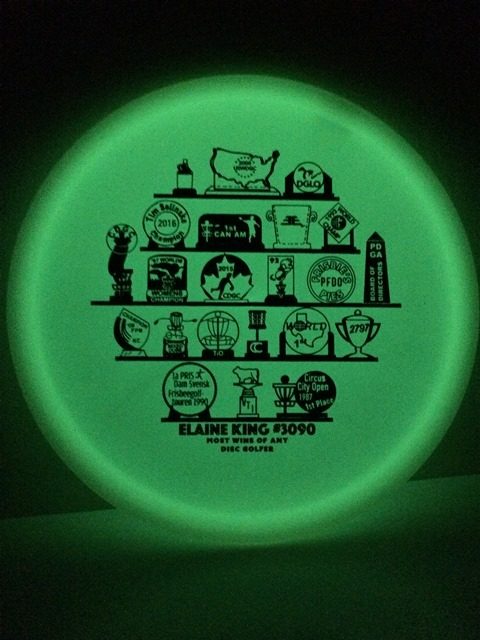
Another key turning point was the introduction of the Prodigy brand. The media splash of the product line and the sponsored team challenged the “Big 2” manufacturers. With the success of Prodigy a flurry of additional disc manufacturing companies has subsequently arisen. In the past few years there has been an increasing trend in disc manufacturing companies outside of the US.
Currently, 7 companies offer more than 40 discs and a total of 102 companies have PDGA approved discs. I could not have foreseen this proliferation of discs and manufacturing companies when I started playing long ago.
What are your 3 favorite courses in North Carolina?
I very much enjoy my home course, Valley Springs, in Durham. It has ups and downs through a pine forest with a balance of long and short holes requiring a variety of angles. There are multiple tees and a few holes also have two baskets, adding to the diversity of the course.
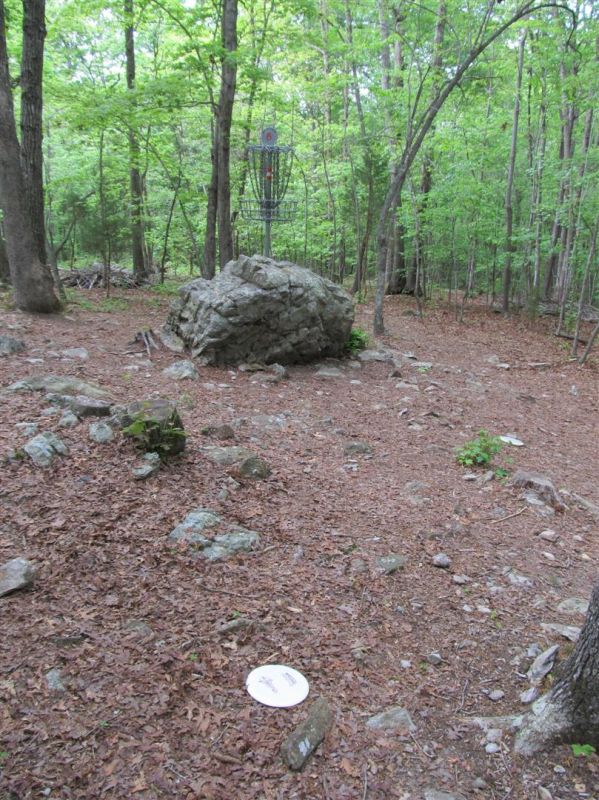
Photo courtesy Disc Golf Course Review
Castle Hayne in Wilmington is another wonderful course. It demands precise placement of the drive in order to have the correct angle for the next shot. When your game is “on” this course is lots of fun to play. If your accuracy is a bit off this course is intensely frustrating as you stretch to get out of trouble with a flick, an overhand or simply a pitch out.
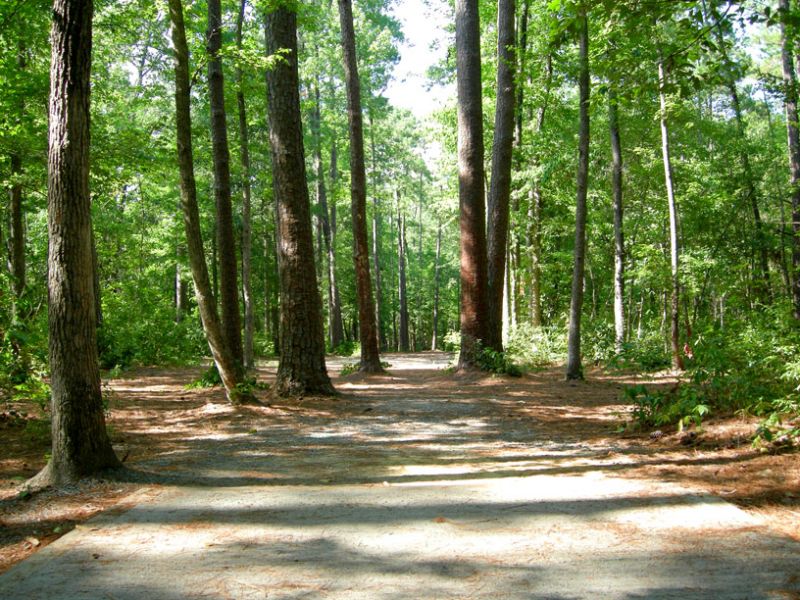
Photo courtesy Disc Golf Course Review
If you want to have a truly enjoyable round, Glenburnie in New Bern is the place to go. The park is beautifully manicured with a mix of open and wooded holes. Alternate tees/basket placements add to the variety. At the right time of year you need to watch every step on hole 8 so you don’t step on little toads. There are lots of deuces to be had, but they can quickly turn into a bogey or worse by an inaccurate line through the woods or by the disc finding OB.
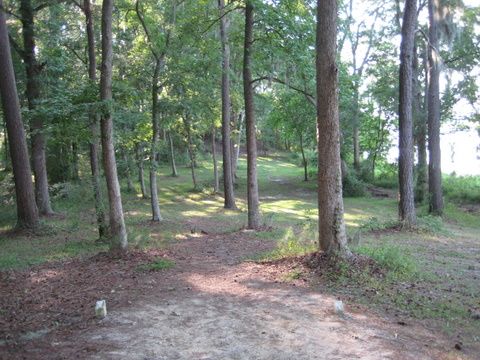
Photo courtesy Disc Golf Course Review
If you could give a new player starting out 1 tip of advice what would it be?
Throw only midrange discs. It is discouraging to see so many women (and men) playing with discs that are much too overstable for the amount of spin that the player can provide. This leads to the woman throwing every shot with a huge anhyzer in order for the driver to land in the correct spot, and as a result she never learns to throw a disc straight. By starting with a midrange you learn how to control the disc rather than adapting your throwing style to the particular disc. Once you master throwing a midrange straight, hyzer and anhyzer you are ready to start throwing a driver.
More advice on shot selection from Elaine: https://youtu.be/GT_-SZa-Brw
Name your favorite disc pre-2000, post 2000 and your current favorite disc.
Pre-2000 my favorite disc was the Cyclone and post-2000 it was the Avenger in X plastic (although I have tremendous fondness for many of my mid-ranges as well). Currently I am infatuated with the Orbital by MVP, although its use is limited to long turnover shots.
Your well decorated and enduring career in disc golf has allowed you to meet many women disc golfers and have a unique perspective on the growth and change of women’s disc golf. Have you noticed an increased momentum or any significant changes in women’s disc golf in the past decade?
The most significant difference in the last 10 years is the number of touring women and indeed, the fact that women can earn enough to be able to tour. In the past few years media coverage of women’s golf has also exploded, due to the support of the PDGA to film the women’s card, due to TDs asking for the same, and due to videographers taking a special interest to ensure women are given air time. This would not be happening without viewers, and it is exciting to see that it’s not just women watching women’s golf, in fact men make up the vast majority of the viewership.
When Val Doss (neé Jenkins) departed from Innova, this further sparked the conversation about equity for top women golfers. The flurry of conversation on the internet, in publications and live shows demonstrates that disc golfers (being 93% men) are keenly interested in the growth of women’s participation. The desire has not changed, but what differs is the recent intensity of conversation on the topic.
At the PDGA Fall Summit, President Justin Menickelli opened the meeting with a graph of PDGA member demographics since 2006. The men’s numbers showed accelerating increase whereas the women’s numbers grew at a very much slower pace. The PDGA Board has committed to considering the growth of female participation with every decision made. That is an unprecedented level of focus for women’s golf.

We recently found out you are involved with the Disc Golf Foundation, can you tell us a little more about your work with the Disc Golf Foundation?
I was one of the founding members of the Disc Golf Foundation (DGF), which achieved registered charity (501c3) status in 2004. At that time the PDGA passed responsibility for the newly created Matching Baskets Program to the DGF. This program requires applying Colleges to raise money for 9 baskets, obtain approval from the College administration and submit design details for review. The successful applicant is partnered with Innova, Discraft or DGA who donates the other 9 baskets. 17 new courses have been established through this program, which is ongoing.
The DGF also focused on preserving disc golf culture and history through several projects. We partnered with DGA to establish the Headrick Museum at the International Disc Golf Center in Appling, GA. A travelling disc golf history exhibit has been established and is currently residing in the Lemon Lake Flight Center in Crown Point, IN. The DGF works with the Disc Golf Hall of Fame to support donations.
The DGF supports local clubs by allowing donors to receive a charitable giving tax receipt for eligible projects that create and/or improve local courses. If you have a local project that benefits the general public and have potential donors who would welcome the opportunity for tax credit for their donations, contact the Disc Golf Foundation via email: [email protected]The Board of Directors was refreshed in 2017 and I currently participate in Board meetings as an advisor and link to the PDGA Board. There are some exciting new projects being planned for 2018 that will focus on empowering passionate people to bring the joy of disc golf to the world! Find out more by going to our website at https://www.pdga.com/DGF and liking our Facebook page at https://www.facebook.com/DIscGolfFoundation/
If you could have an official beer (or beverage) of disc golf what would it be?
I’m not a beer drinker but I love Mike’s lemonade. You can get the original flavor in “lite” which is less sweet, has fewer calories but the same alcohol content, and that is my drink of choice after a hot sweaty summer round.
Discraft was your main sponsor for decades until this past Summer, when the decision was made by you to part ways with the team. Are you enjoying the freedom of trying out all the various choices from new manufacturers?
It has been a refreshing experience for me to be able to throw any disc I please. However it has been overwhelming since there are now more than 1000 PDGA approved discs! The first new disc I added to my bag was a 162g Starlite Wraith which was given to me by a friend. I can get more distance with the Wraith, but it needs a broad, swooping path to achieve maximum distance so I only use it on wide open holes.
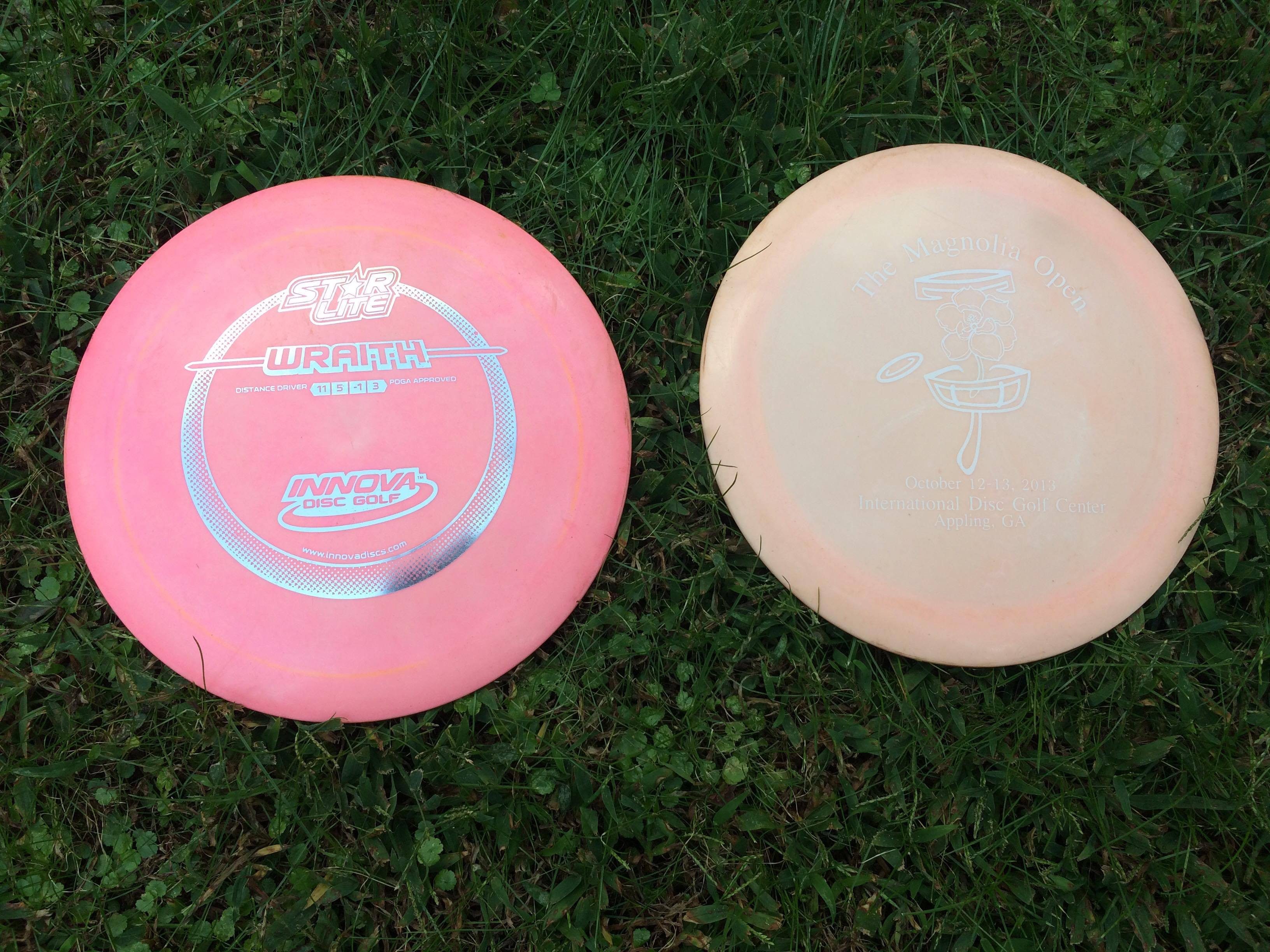
Next I have added the Wave and Orbital by MVP. The Wave has become my go-to driver, flying very straight for most of its flight with a hard hyzer at the end. The Orbital is very understable but has a really long glide and acts like a disc that has been carefully beaten in over years – I’m really excited about this disc. I’m experimenting with more MVP discs since the science geek in me loves the gyroscopic design principles as well as the nomenclature of the discs. My friends have given me a further list of discs I need to try out. In reality, I have always been very slow and cautious to replace discs in my bag so it will take time for me to discover what I like amongst so many selections.
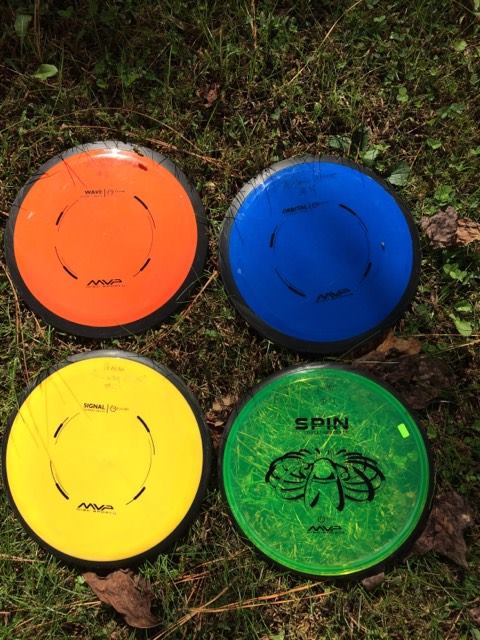
We are honored and excited to have you on our team of Ladies First Disc Golf Sparkle Sisters. What is the best way to get women competing and playing disc golf?
That is the magic question. Experience has shown that women’s leagues are very successful in supporting women who are learning the sport. Mixed leagues can also be a nurturing place for women to develop their skills but the format of the events is important. For example, straight up doubles leads to the “oh no I got partnered with the girl” effect which completely discourages women. One way to overcome this is to spot the mixed teams an appropriate number of strokes or have the woman play from shorter tees, so that getting the girl as a partner is an advantage.
It’s important to remember that competition is not for everyone.
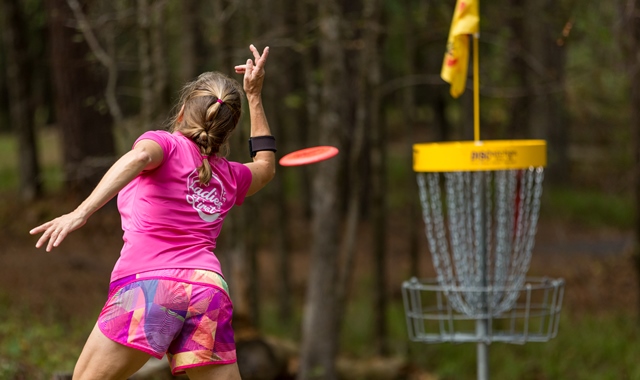
Some women will never wish to compete, just like some men never wish to compete. Women tend to get pressured to compete much more than their male counterparts, doubtless due to overenthusiastic supporters. The goal is to get more women playing, which will encourage other women to play.
We need to attract a wider demographic of women to the sport. This is definitely starting to happen with outreach in schools, after-school centers and local communities. Support of kid’s disc golf will also ultimately result in a pipeline of girls playing the sport to bolster female numbers in the future. I would love to find a way to recruit teenagers who are already competing in individual sports where the competition opportunities dissolve after high school (except for the very elite athletes), for example track and field events. These females have the competitive urge and are comfortable in individual sports and therefore might be a source of our future disc golf population.
Are these the best ways to attract and retain female disc golfers? Perhaps not, but we will all need to use many different tactics to make women aware of the sport and teach them how to throw so that they can enjoy playing. As we all know, once you’ve caught the bug you are hooked!
